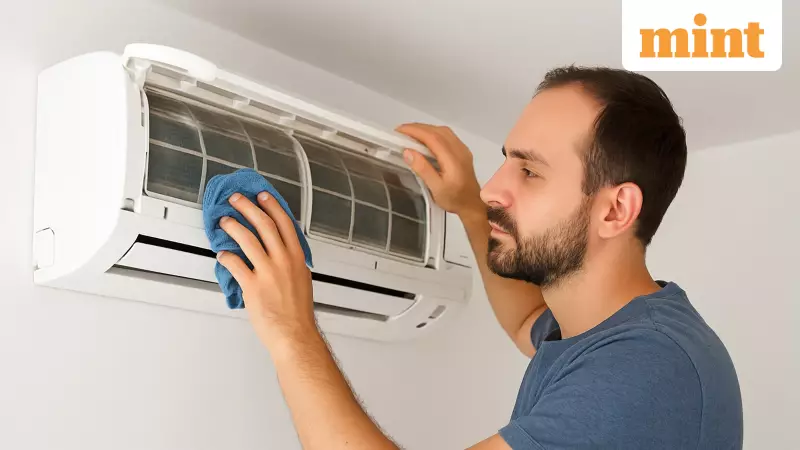
As the cool winter breeze finally replaces the summer heat across India, our trusty air conditioners are getting a well-earned rest after running tirelessly for seven to eight months. But before you simply turn it off and forget about it, experts warn that proper off-season care is crucial. Neglecting a few simple steps now could allow minor issues to snowball into expensive repairs when the scorching heat returns.
Why Your AC Needs Off-Season Attention
Your air conditioning unit has been your home's hero throughout the intense summer, battling dust and humidity. During this time, filters get clogged with dust, moisture settles on the coils, and mechanical parts experience gradual wear and tear. If these are ignored during the winter months, you risk facing clogged filters, internal corrosion, or even electrical faults during the next heatwave.
Many of us have experienced that musty smell or reduced cooling power when switching the AC on after a long break. This is often a direct consequence of skipped pre-winter maintenance. Investing a small amount of time now to clean, inspect, and protect your unit will guarantee its efficiency, extend its lifespan, and save you from the hassle and expense of emergency repairs next season.
Your 6-Step AC Winter Preparation Checklist
1. Deep Clean or Replace Air Filters
Begin by removing the air filters from the indoor unit. Wash them thoroughly with water and allow them to dry completely in the shade. If the filters appear worn out or damaged, replace them with new ones. Clean filters are essential for maintaining proper airflow and preventing dust accumulation when you restart the AC.
2. Tidy Up the Outdoor Unit
The outdoor condenser unit is exposed to the elements and often collects leaves, twigs, and a layer of grime. Clear any debris from the area around the unit and gently clean its exterior with a soft brush or a dry cloth. This simple act prevents clogging and protects the unit from corrosion during the damp winter months.
3. Safely Disconnect the Power
To prevent any accidental operation and save on phantom electricity consumption, switch off the AC's main power supply from the circuit breaker. This is a critical safety measure that significantly reduces the risk of electrical faults while the unit is not in use.
4. Use a Breathable Protective Cover
Shield your outdoor unit from dust and falling debris by using a protective cover. It is vital to choose a breathable cover specifically designed for ACs. Avoid using airtight plastic sheets, as they can trap moisture inside, leading to rust and mould growth on critical components.
5. Check and Clear the Drain Line
Inspect the AC's drain line for any potential blockages and clean it thoroughly. A clear drain line prevents water from backing up and leaking, which can cause mould buildup and damage to the unit's internal parts.
6. Schedule a Professional Service
While basic cleaning can be done yourself, it is highly advisable to call a certified technician for a comprehensive check-up. A professional can ensure the evaporator and condenser coils are clean, moving parts are properly lubricated, and refrigerant levels are adequate for optimal performance.
A Small Effort Now for a Cool Summer Later
By diligently following these six straightforward steps, you can ensure your air conditioner remains protected throughout the winter. This proactive approach means it will perform efficiently when you need it most, ultimately saving you from unexpected repair costs and extending the life of your appliance. A little effort invested today goes a long way in securing your comfort for the summers to come.





